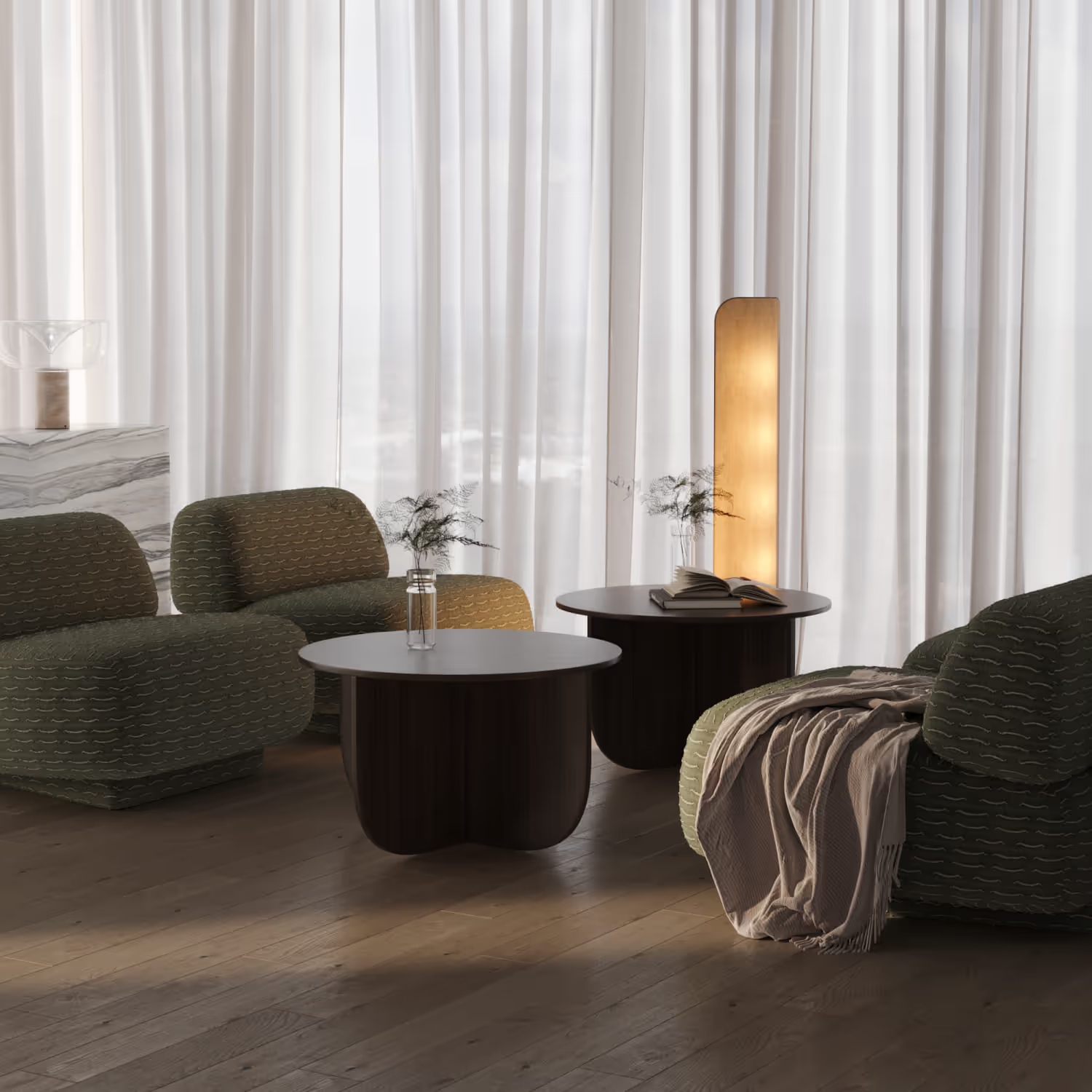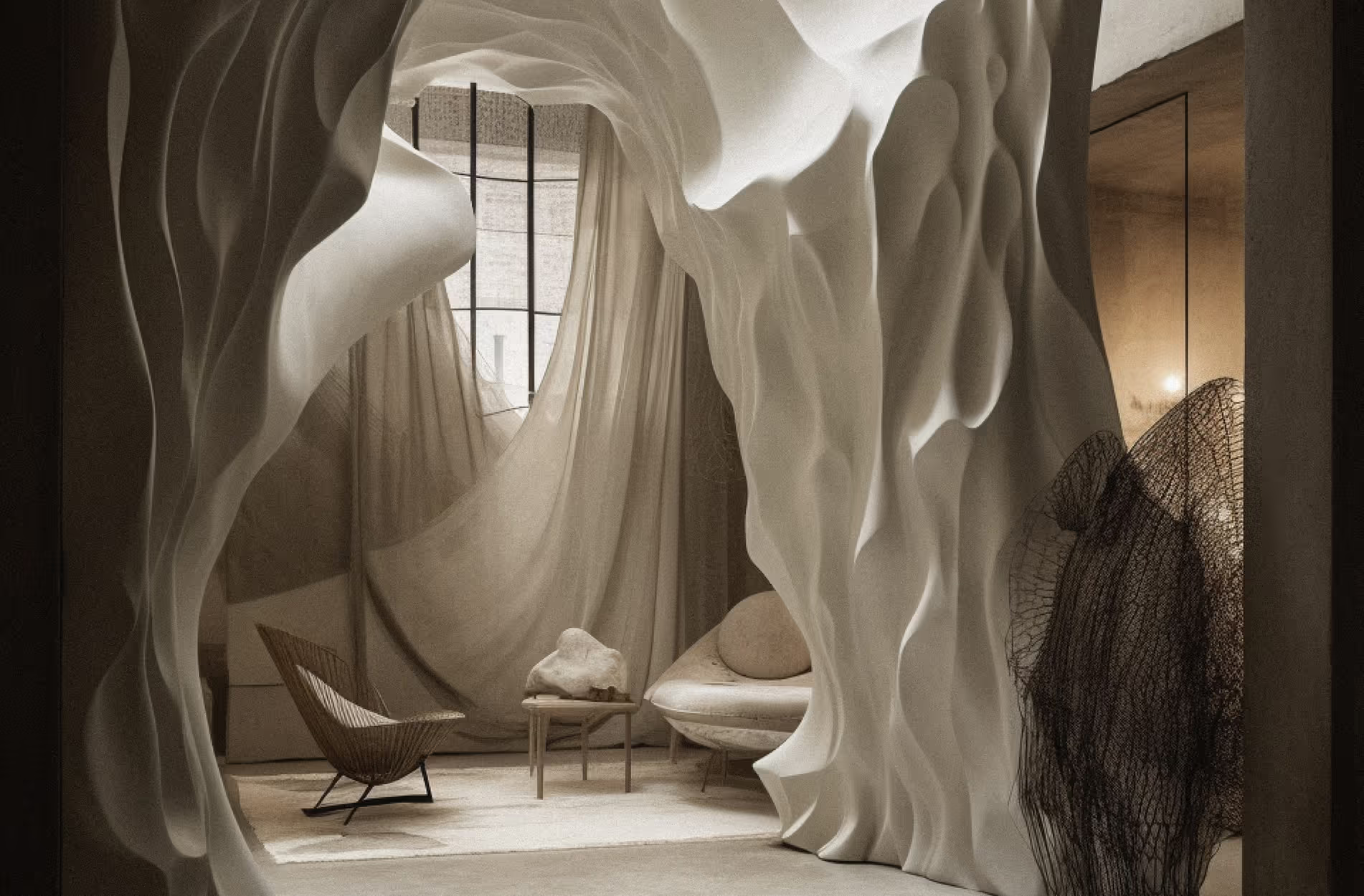3D Visualization for Businesses
3D visualization has become an essential tool for businesses across various industries. By producing immersive and realistic renderings, companies can use renderings to enhance their marketing strategies, sharpen design accuracy, and engage their customers on a deeper level. Studies reveal that our brains process visual data far quicker than text, enabling consumers to make more informed decisions faster and more confidently. With photo-real, detailed 3D Renderings that convey the mood and cohesiveness with the values of your brand, businesses can provide a comprehensive view of their products. This allows potential buyers to thoroughly learn what they’re considering, fostering more trust in their purchase decision. Research has shown that 92.6% of consumers prioritize visual factors when deciding on a product, and 3D product visualization can improve decision-making efficiency by 20%. Businesses offering these more detailed visuals can elevate customer confidence, directly contributing to higher sales.
Improving Decision-Making and Sales
Aesthetic 3D rendering helps improve transparency during the decision-making process. Rather than relying on written descriptions or static images, 3D visuals provide a much clearer understanding of the product, allowing customers to explore it thoroughly. Studies suggest that people retain only 10-20% of written or spoken information after three days, while they maintain 65% of visual information. This demonstrates how 3D Visualization can significantly enhance customer trust, leading to an increase in sales. As noted by Neil Patel, product imagery and videos can boost purchases by up to 144%, reinforcing the role of 3D renders in driving conversions.
Renderings That Improve Shopping Experiences
Rendered imagery allows businesses to showcase their unbuilt concepts—a product, an interior, or an entire building—in realistic settings that might be impossible or challenging to create. Interactive 3D visualizations take customer engagement to another level, letting users explore products in a much more personal and immersive way.
Take real estate, for example—it's vital to present future developments in a way that supports pre-sales efforts. Customers don’t just need to see the space; they need to experience it realistically and in detail. The images should feel lifelike and convey the emotions and atmosphere they’ll encounter, helping them connect to the project before it’s even built. Furthermore, This is particularly important in eCommerce, where the absence of physical touch often requires high-quality visual content to guide purchasing decisions. These immersive 3D visuals increase customer satisfaction and lead to higher conversion rates.
3D animations, for instance, offer a much more in-depth design exploration experience that static images or traditional video cannot match. For example, we recently worked on renders for the Green Theory Catalogue, a project that included over 250 products. Photographing each item in various colours and configurations traditionally would have required significantly more time, effort, and financial resources. The costs of hiring a photography team, organizing logistics, and post-production would have far exceeded the investment needed for 3D rendering, which is far more flexible. This project highlights how renderings can simplify workflows, reduce costs, and give businesses high-quality, adaptable visuals that are easier to update for future campaigns.
Faster and More Accurate Projects
Beyond marketing, 3D Visualization is critical in a project's design and development stages. By utilizing renders, companies can expedite the design process while mitigating potential errors. 3D architectural Visualization, in particular, allows designers and stakeholders to spot flaws early, resulting in cost savings of up to 30% on projects. This approach streamlines workflows and promotes collaboration, as stakeholders can see and approve designs well before production begins. The ability to visualize and adapt designs quickly ensures greater efficiency and reduces the risk of costly miscommunication or late-stage revisions.
Harnessing 3D Visualization for Marketing Campaigns
In digital marketing, 3D renderings provide an attention-grabbing way to present products. Visuals have been shown to enhance decision-making efficiency significantly, and integrating compelling 3D visuals into marketing campaigns can give brands a competitive edge. Whether used in social media ads, online campaigns, or print materials, 3D Visualization brings products to life in a way that resonates with consumers. This dynamic presentation helps businesses differentiate their products from the competition and capture the audience's attention in crowded markets.
Building a Competitive Advantage with 3D Visualization
Companies that invest in 3D product visualization are often recognized as innovators in their fields. Whether for online marketing, real estate showcases, or in-store displays, 3D visualizations enable businesses to stand out by delivering customers a more engaging and compelling experience. Companies can boost customer engagement and satisfaction by offering flexible and immersive product visuals, fostering brand loyalty. Making product presentations more vivid and interactive gives companies the freedom to tell their brand story in a way that truly resonates with their audience.
Sources:
- Visual information processing and retention rates: Neil Patel on Visual Content
- Consumer decision-making and visual influence: McKinsey & Company
- Product imagery boosting sales: Neil Patel



